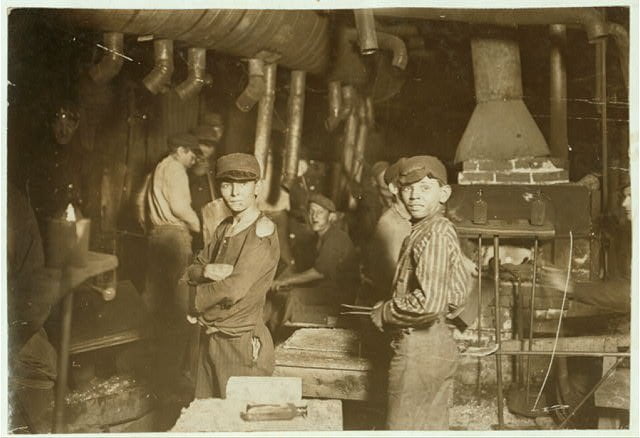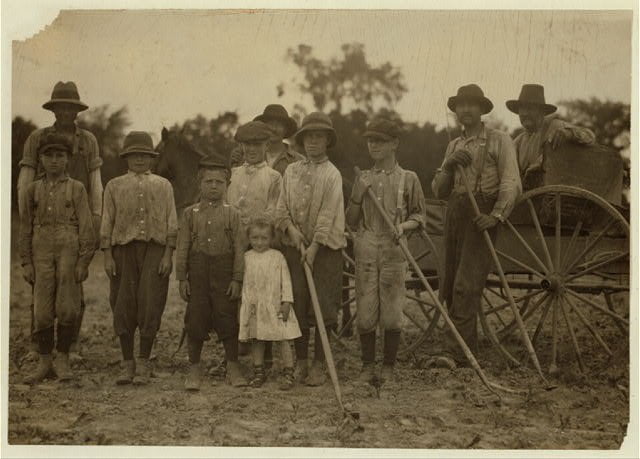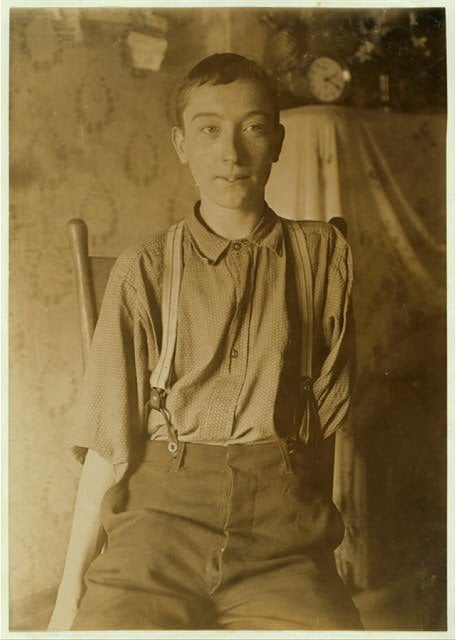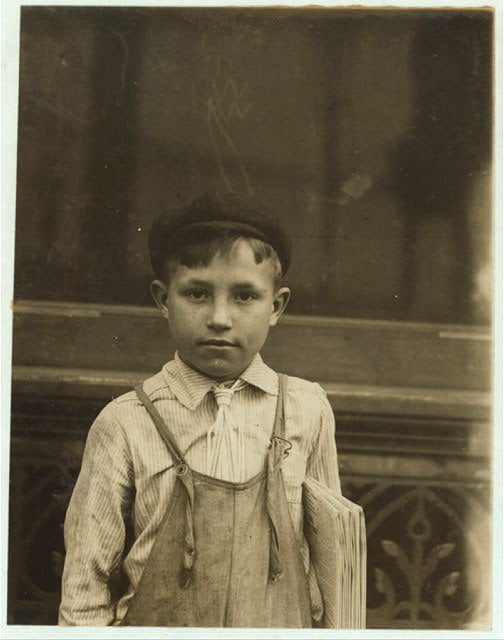Child Laborers From the Early 20th Century (Slideshow)
From the start of America’s industrialization era, business owners often hired young children as workers.

exc-63c4742c935e8947e1230ff0
From the start of America’s industrialization era, business owners often hired young children as workers. They were working at textile mills, fixing machinery at factories and working in spaces too small for an adults to reach. Many of them were also paper boys or worked in mines. For numerous families, child labor was a way to keep afloat financially.
Child Labor Legislative History
In 1904, the first organization dedicated to the regulation of a child labor appeared. The National Child Labor Committee published information and photographs on children’s working conditions .
In 1916, the NCLC and the National Consumers League successfully pressured the US Congress to pass the Keating–Owen Act, which was signed into law by President Woodrow Wilson. It was the first federal child labor law. However, the U.S. Supreme Court struck down the law two years later in Hammer v. Dagenhart (1918), declaring that the law violated the Commerce Clause by regulating intrastate commerce.
In 1924, Congress attempted to pass a constitutional amendment authorizing a new national child labor law. It was blocked, and the bill was eventually dropped.
Eventually, during the Great Depression, adults became so desperate for jobs they would work for the same wage as children. In 1938, President Franklin Delano Roosevelt signed the Fair Labor Standards Act, which placed limits on many forms of child labor.
This slideshow’s photos were taken by the National Child Labor Committee in the period from 1906 to 1915. All pictures from the Library of Congress.













